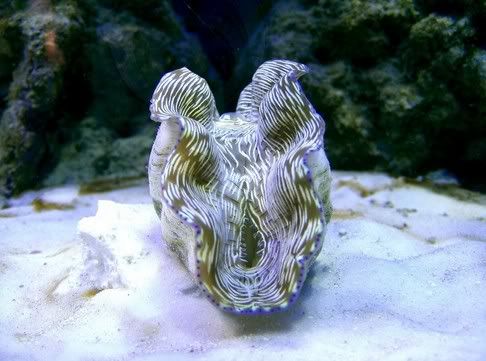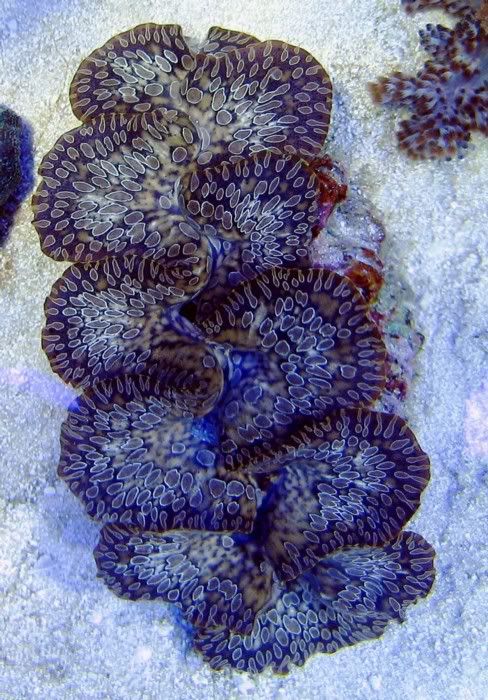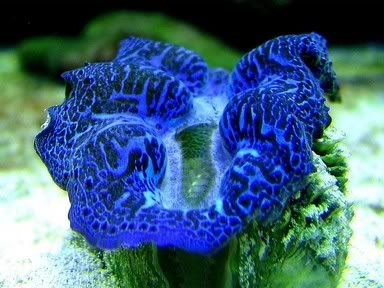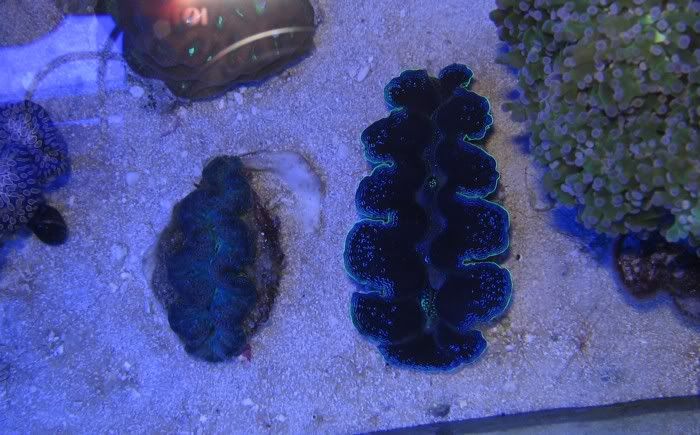How about a thread like Moe's "How Does it Work" equipment threads, but concentrating on a category of livestock we keep in our tanks?
I know very little about keeping Tridacnid clams, and I'd like to prod some of the experienced folks to discuss the types of clams, what environments are suitable for them, and how to take care of them on a regular basis.
Nate
I know very little about keeping Tridacnid clams, and I'd like to prod some of the experienced folks to discuss the types of clams, what environments are suitable for them, and how to take care of them on a regular basis.
Nate








